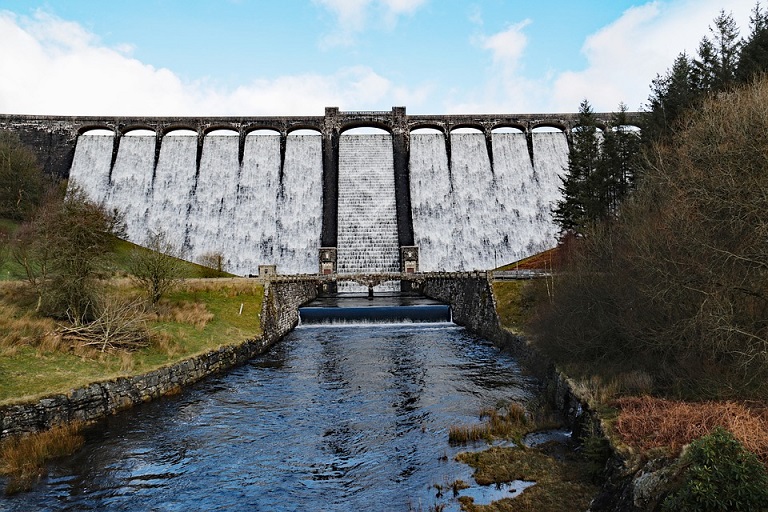Since the formation of the earth hundreds of millions of years ago, or even longer, your drinking water has undoubtedly been present in some form or another.
This is due to the fact that the percentage of the total water on earth that is fresh water has remained relatively unchanged at about 2 percent from the beginning of time, but it has not always been located in the same place nor has it always taken the same shape. The water on earth is continually recycled as a result of the earth’s water cycle. Water is drawn up into the atmosphere in the form of vapour to form clouds, which then deposit the same water back to earth in the form of rain when the clouds become too water-logged, although this does not typically occur in the same location from which the water was drawn up into the atmosphere in the first place.
While the amount of fresh water on earth has stayed pretty much the same, the population of the earth has exploded at an exponential rate. This has led to water shortages and water scarcity in various regions due to the growing demand on water supplies for drinking, personal hygiene, cooking, and maintaining life. While the amount of fresh water on earth has stayed pretty much the same, the population of the earth has exploded at an exponential rate.
Naturally, fresh water is necessary for industrial reasons as well as transportation and energy production, which places an even greater strain on the limited resources that are now available.
Only two percent of the water that covers the earth is fresh water, and the majority of that fresh water is locked away in glaciers and snowfields, therefore only around 0.007 percent of the water on the earth is truly usable by the approximately seven billion people who live on the planet.
Some people, particularly those who live in countries considered to be first-world countries, are unfamiliar with the concept of water shortage, while others are all too familiar with it. Water scarcity is the outcome of a wide variety of political, environmental, social, and economic causes, and it is responsible for the deaths of thousands, if not millions, of people in less developed and impoverished countries as a direct consequence of dehydration, insufficient sanitation, and diarrhoea.
Because water is essential to life, it is incumbent upon each and every one of us to utilise this precious commodity carefully and not to waste it in any way, but rather to preserve it, use it properly, recycle it, and repurpose it wherever it can be.
According to the United Nations, approximately 1.8 billion people will live in water-scarce areas by the year 2025, and approximately 33 percent of the earth’s population will be living in water-stressed areas as a result of the water use growing at a rate that is more than double the rate of the increasing population over the course of the past century, as well as due to climate change. This is a direct result of the water use growing at a rate that is more than double the rate of the increasing population
Living-Water can provide you with both a water cooler and a home water dispenser if you live in London. You can get water coolers rented in London for your house or place of work.






